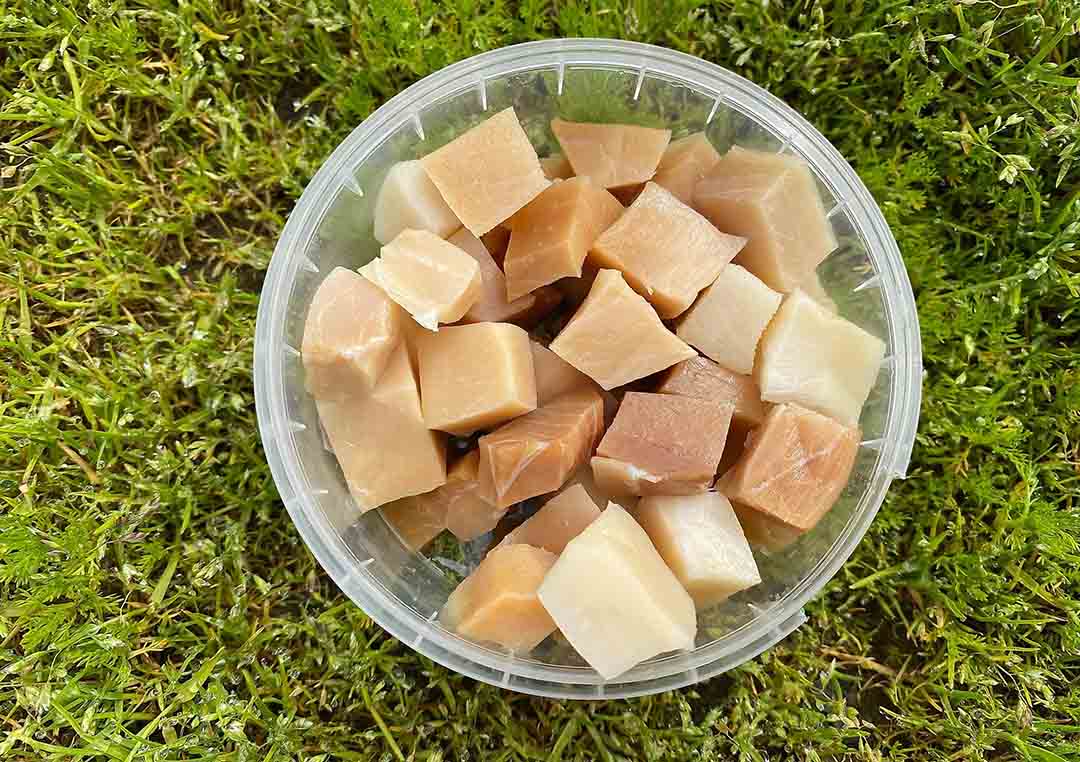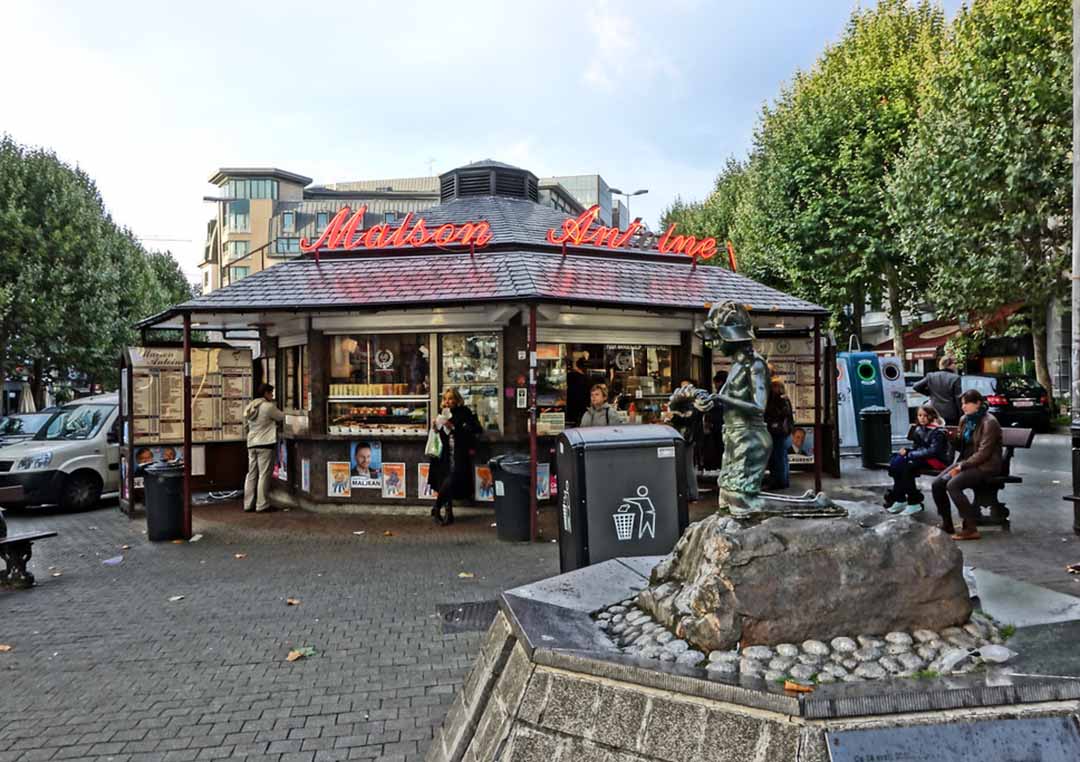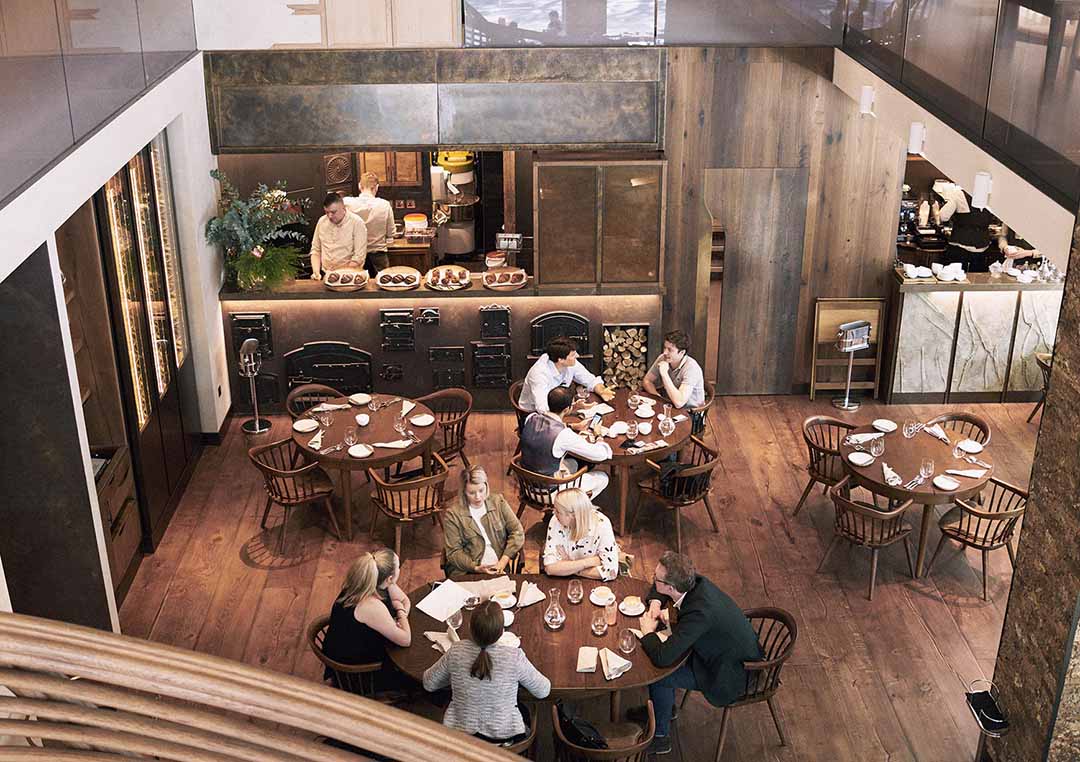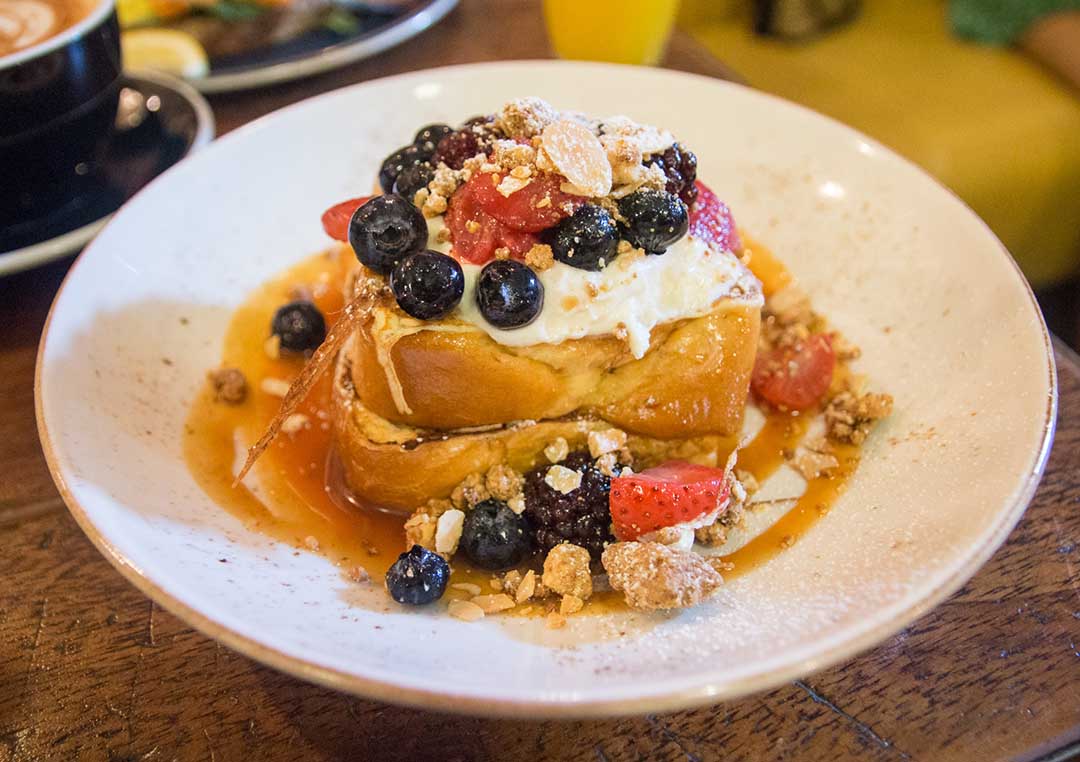Iceland, the land of ice and fire, is not only famous for its breathtaking natural landscapes but also for its traditional cuisine and local flavors that are equally enticing. Iceland’s food culture is deeply influenced by its unique geography and historical background, with abundant marine resources, distinctive agriculture, and fresh, diverse ingredients. Many traditional dishes have become an integral part of Icelandic daily life and culture. If you’re planning to travel to Iceland, tasting these unique dishes will offer you a deeper experience of the charm of this land.
Part One: Overview of Icelandic Traditional Cuisine
Iceland’s traditional food heavily relies on its marine resources, livestock farming, and its unique climate conditions. Due to its location near the Arctic Circle, Iceland’s climate is cold and unpredictable, which is reflected in its cuisine, with dishes designed to endure the cold. The primary ingredients are locally sourced seafood, lamb, dairy products, and geothermal specialties. Iceland’s food culture has preserved many ancient cooking methods, and many dishes reflect traditions that go back hundreds of years.
On Icelandic tables, fish and lamb are the main ingredients. Icelandic dairy products are also very well-known, with the most iconic being “skyr” yogurt and cheese. When traveling in Iceland, you can not only admire the magnificent natural scenery but also taste these authentic foods, which allow you to feel the Icelandic respect and love for the land and the sea.
Part Two: Classic Icelandic Traditional Dishes
- Hákarl (Fermented Shark)
Hákarl is one of Iceland’s most infamous dishes and an iconic part of the country’s culinary history. Traditionally made from Greenland shark, this dish undergoes a lengthy fermentation process in which the shark meat is buried underground for several months, allowing it to ferment and dry. Once the shark meat has been properly fermented, it develops a potent ammonia-like odor that can be overpowering for newcomers. Despite its pungent smell, Hákarl is cherished by Icelanders and is often served with accompaniments like rye bread or cured meats. For adventurous foodies, tasting Hákarl is a rite of passage, challenging one’s taste buds and expanding their culinary horizons. It’s a dish that celebrates Iceland’s unique ways of preserving food in harsh climates. - Icelandic Lamb
Icelandic lamb is renowned for its quality and flavor, largely due to the way the sheep are raised. These sheep are allowed to graze freely in the wild, feeding on herbs and grasses that grow in Iceland’s pristine environment. This diet results in meat that is tender, flavorful, and rich in natural flavors. The most popular dish made from Icelandic lamb is Lamb Soup, which is a hearty, nourishing dish perfect for the country’s cold climate. The soup is typically made with lamb, root vegetables, and spices, offering a warming and satisfying meal. Icelandic lamb is also enjoyed in a variety of forms, such as roasted, smoked, or salted, and is often paired with locally produced side dishes to create a wholesome, flavorful meal. - Icelandic Smoked Fish (Rúgbrauð með röktu fiskur)
Iceland is surrounded by rich, cold waters teeming with fish, and smoked fish has been a staple of the Icelandic diet for centuries. The traditional method of smoking fish, especially haddock and other white fish, involves slow-cooking it over wood, which imparts a unique smoky aroma to the fish. The fish is typically served with a thick, dark rye bread called Rúgbrauð, which is dense and slightly sweet, creating a perfect balance of flavors. This dish is often enjoyed as a light lunch or snack, offering a satisfying yet simple meal. The smoking process also helps preserve the fish for long winters, making it an essential part of Icelandic cuisine, especially in rural areas. - Skyr (Icelandic Yogurt)
Skyr is one of Iceland’s most beloved and versatile dairy products. Although it resembles yogurt, its texture is much thicker and creamier, almost like a cross between yogurt and soft cheese. Skyr has been a part of Icelandic culture for over a thousand years and is made by fermenting milk with live bacteria cultures and straining the resulting mixture to remove excess liquid. The result is a high-protein, low-fat dairy product that is rich in calcium. Skyr is typically served for breakfast, topped with fruits, honey, or granola, offering a refreshing and healthy start to the day. It’s not only a nutritious snack but also a reminder of Iceland’s long-standing dairy tradition, dating back to Viking times.
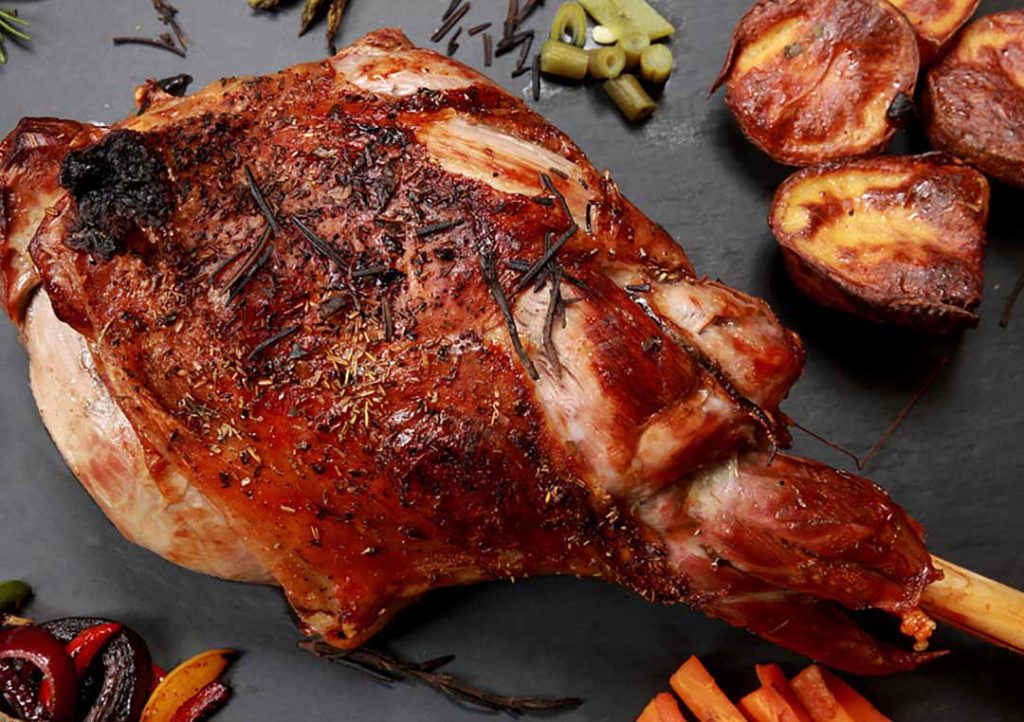
Part Three: Icelandic Specialty Drinks
- Reykjavik Beer
Iceland’s beer culture has undergone a remarkable transformation in recent years. While beer was once banned in the country for many decades due to religious restrictions, it is now an integral part of Icelandic daily life. Today, Reykjavik boasts a variety of local breweries offering diverse beer options, ranging from robust dark beers and crisp light ales to seasonal brews that reflect the unique character of the region. Icelandic beer is renowned for its purity, as it is made with the island’s pristine water and carefully selected ingredients. This high-quality brewing tradition is a reflection of the country’s rich, natural resources. Whether you are in a cozy Reykjavik bar or at a local brewery, sipping on a cold glass of Icelandic beer is an ideal way to soak up the country’s culture and natural beauty. It’s not only a refreshing beverage but also a reflection of Iceland’s vibrant beer scene, one that combines modern craftsmanship with centuries of tradition. - Kaffi (Salty Coffee)
Kaffi, Iceland’s salty coffee, is a truly unique and fascinating drink that offers a refreshing alternative to typical beverages. Unlike the popular sweet coffee drinks around the world, Kaffi is made from fresh plums that are infused with a mixture of salt, sugar, and a blend of spices. The result is a surprising balance of salty and sweet flavors, which is not only intriguing but also refreshing. This drink is deeply embedded in Icelandic tradition and is often found on the table during family gatherings or special occasions. For many Icelanders, Kaffi is more than just a drink; it is a warm, comforting ritual that accompanies meals, offering a distinctive flavor profile that reflects the country’s creative use of local ingredients. The slight saltiness combined with the sweetness of the plums and spices makes Kaffi a drink like no other, offering visitors a unique taste of Iceland’s local flavors and culinary ingenuity.
Part Four: Icelandic Desserts and Snacks
Iceland’s desserts and snacks are limited in variety but are rich in local flavors. Icelanders enjoy making delicious treats with simple ingredients, especially baked goods. In Icelandic street markets, cafes, and restaurants, you can find many local specialties and sweets.
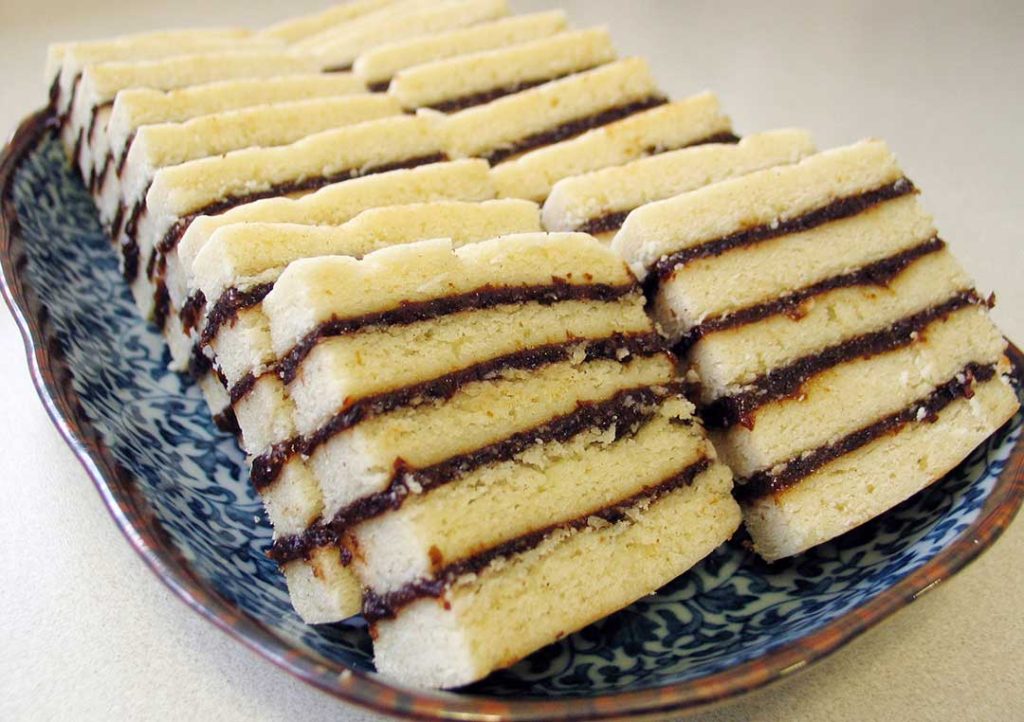
- Vínarterta (Icelandic Pastry)
Vínarterta is a beloved traditional pastry in Iceland, known for its delightful layers of flaky crust and sweet filling. The filling is made from a blend of dried plums, sugar, and aromatic spices like cinnamon and cardamom, which give the cake a rich, complex flavor. The pastry has a dense, yet delicate texture that melts in your mouth. Vínarterta is often enjoyed during special occasions, especially around Christmas and New Year, when Icelandic families gather to celebrate. It is a nostalgic treat that has been passed down through generations, symbolizing warmth and togetherness during the holiday season. With its unique combination of flavors and textures, Vínarterta remains an iconic symbol of Icelandic baking traditions. - Icelandic Chocolate
Icelandic chocolate stands out for its exceptional taste, which is influenced by the use of high-quality, locally sourced ingredients. The chocolate is often made using Iceland’s rich dairy products, which impart a creamy, smooth texture. Additionally, Icelandic chocolate often incorporates natural sweeteners like birch sugar and honey, enhancing its purity and giving it a subtle, distinct sweetness. Many Icelandic chocolate products also feature unique flavors, such as spices like cinnamon or cardamom, or fruity infusions from local berries. This makes the chocolate an exciting treat for those seeking bold, natural flavors. Icelandic chocolate is not only a delicious indulgence but also a representation of the country’s dedication to quality and authenticity in its culinary offerings.
Icelandic traditional cuisine is deeply influenced by Iceland’s abundant natural resources, unique climate, and rich cultural history. Whether you’re enjoying a warm bowl of lamb soup during a cold winter day or sharing a plate of Hákarl with family and friends in the midst of nature, Iceland’s food carries a strong sense of place and tradition. For food enthusiasts and travelers, tasting these dishes is not only a culinary pleasure but also a profound way to experience the essence of this magical land. If you ever have the chance to visit Iceland, don’t miss the opportunity to savor these traditional foods and experience the unique flavors that this land has to offer.

